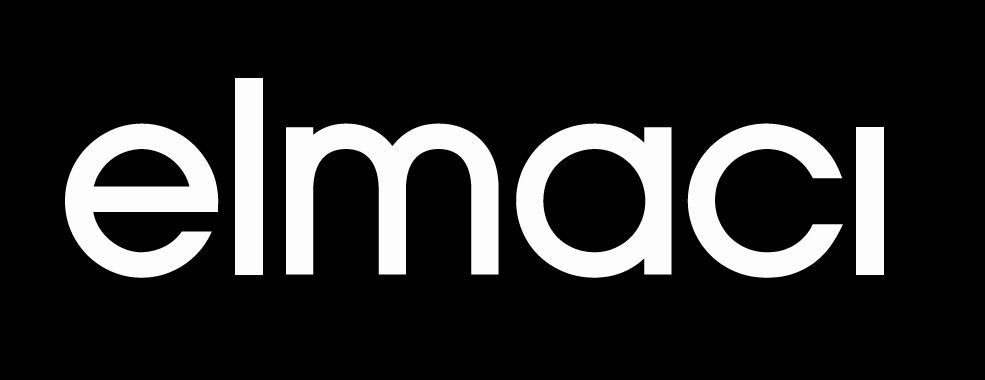Team:
Head of Team: Mennan Elmacı
Team Partner: Başak Akkoyunlu
Assistant Architect: Selin Altun
Assistant Architect: Deniz Bengi Kara
Static Project: Aziz Baburhan
Mechanic Project: Burcu Kocaova
Visualization: Cafer Akdeniz
Year: 2020
Cities are living organisms. As they grow from the center to the periphery due to the increasing population and employment, they also have to be reconsidered. Undoubtedly, this process should be done within the framework of sustainable urbanization approach and social and environmental responsibilities. It is inevitable that the transfer centers, which are the most important places for transportation, will undergo a change in the same direction. In addition to the changing aesthetic understanding over time, many important factors such as carbon emission, heat and noise make this change more essential.
When starting the design, it was thought that in order to cope with all these problems, the needs program should be interpreted as a vibrant transfer center with a preferred socialization center.
Considering the dynamics of the region, it is predicted that the density of zoning will increase with the intensive construction of the region in the coming years, and therefore, the need for green public spaces where citizens can breathe and socialize will be much more than today. In this context, it is obvious that the main Transfer Center project land, which has an area of 145,000 m2, will add value to the region not only as a transfer center but also as a green area with an ecological attitude in line with the sustainable urbanization project.
Transfer centers are generally known as busy places that contain catch-up, transfer, speed, movement and dynamism. This situation creates a stress-intensive effect on the urban dwellers who come to the transfer centers, but also causes them to be exposed to adverse weather conditions resulting from intense vehicle circulation. At this point, it is thought that the new transfer center to be designed should have a structure that will reduce the fatigue and stress of the citizens who are exposed to road stress and fatigue. The project which will facilitate transportation and transfer, has been designed with the aim of being a vibrant public space where the users can use not only for functional purposes but also to spend time, breathe, socialize away from the city.
The ground level is built on a public space pattern open to the intensive use of the users. Reflection pools inside the area and the walkways that spread fluidly, adopt a language that disappears in the green area, away from the understanding of conventional circulation schemes, each of a similar size, making every point attractive and accessible. The aim here is to draw the attention of the users to the green texture. Moreover, multi-purpose outdoor activity area (6000 m2), reflection pools, 2 cafes / WC groups, playgrounds, skateboard tracks, basketball courts, bookBOX’s, many sitting and resting areas, fountain pools and an arcaded path exists in the program.
With an approach of avoiding density at the ground level, only the hotels, hostels, cafes / wc, bicycle path and bicycle workshops are included in this level. While designing all these buildings, it was thought that it would be convenient to provide access to the buildings from the ground level as a part of the topography to use nature in the most efficient way.
